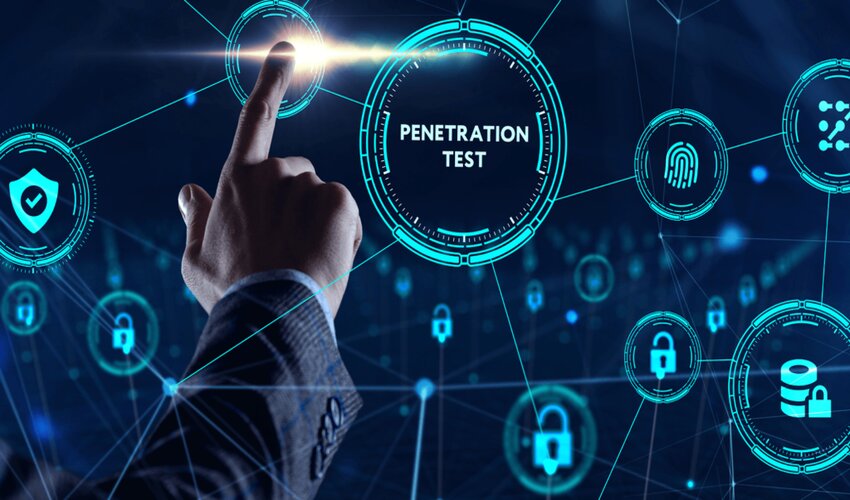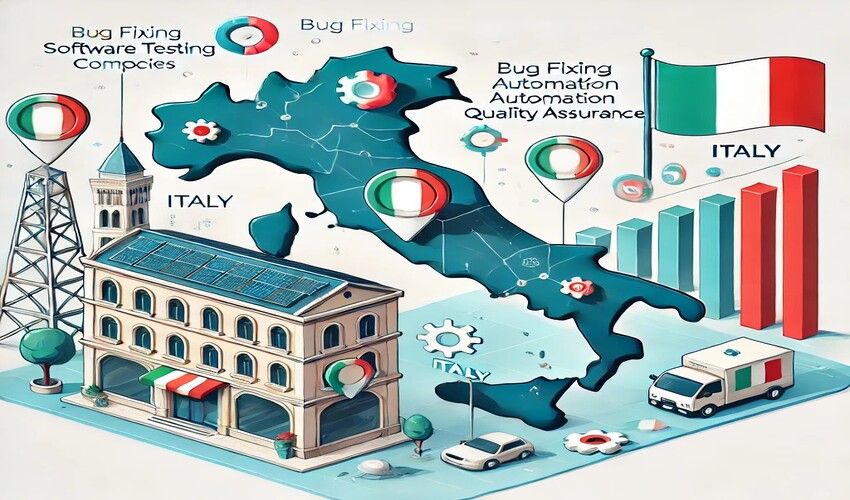Last updated on April 8th, 2024 at 06:38 am
Penetration testing is crucial for understanding and improving cybersecurity in important infrastructure. It goes further than just finding weaknesses. It thoroughly examines networks to discover software flaws, identify network issues, and detect human-initiated attacks like phishing schemes. The penetration testing market is growing, starting at $1.51 billion in 2021, and is expected to reach $4.1 billion by 2030. This growth is driven by factors like IoT, smart infrastructure, and more data use.
Why Critical Infrastructure Needs Testing:
In 2022, it’s not a matter of ‘’if’’ an organisation will be attacked but ‘’when’’. Cyber threats are inevitable. Chief Information Security Officers (CISOs) focus on assessing risks, testing for vulnerabilities, and conducting penetration tests. They do this because they understand that these actions are necessary and inevitable for ensuring digital security. Testing makes an organisation less vulnerable to attackers, boosting resilience. Even with mitigation, some vulnerabilities might still exist. Testing is significant for enhancing resilience against determined attackers.
Penetration Testing in Operational Technology (OT):
Testing for weaknesses in operational technology is now essential. It shows how well a company handles cyber threats. This helps measure how good a business is at keeping its technology safe from cyber-attacks. It is the part of vulnerability that keeps things secure and safe. Testing induces anxiety, but it is important. Nowadays, companies are adopting security testing tools to make their products more trustworthy and reliable. It stimulates attacks, training security teams to react and survive threats. It is not just about finding weaknesses; it is about building strong defences.
Continuous Testing for Ongoing Threat Landscape:
Skipping tests increases the chances of problems, especially in important infrastructure. Testing is needed continuously because threats are always changing. It’s not a one-time checkbox; it is ongoing. Regular testing is important for adapting to new risks and keeping strong cybersecurity. It helps to stay prepared and maintain effective protection against emerging threats.
Risk Associated with Penetration Testing:
Penetration testing is good but risky. Experienced providers are needed to handle it well because they understand the risks involved and can manage them effectively. Penetration testing in IT can be risky if not done right, it might expand vulnerabilities. Doing it properly is crucial to avoid increasing the potential for attacks. Older OT systems may not have encountered many threats. Testing is crucial to prevent unintended consequences and ensure their security. CISOs now handle tight budgets, focus on big risks, and explain these risks in simple terms to non-tech leaders. Their role is always changing and adapting.
Challenges in the CISO Role:
Managers of critical infrastructure have limited budgets and need to focus on reducing the biggest risks. They must prioritise addressing the most important threats to ensure the safety and reliability of essential services. CISOs often struggle to explain technical terms to senior leaders in a way they can understand. It can be hard for them to break down complex jargon into simpler language that relates to business or day-to-day operations. Communication in OT organisations is tricky due to cultural differences. CISOs must smoothly interact with control engineers and system administrators. Cultural barriers make this even more challenging but it is essential for effective communication. Conveying potential issues urgently to the CEO and COO is crucial. It is important to simplify and express this effectively.
Penetration Testing as a Preemptive Measure:
Leadership in water districts, power plants, and other critical infrastructure must now be prepared for potential targeting. They can no longer assume they won’t be at risk. Successful cyber attacks and increasing insurance costs show why it’s important to take action before problems arise. penetration testing is crucial because it helps find weaknesses and keep cybersecurity proactive.
Conclusion:
In short, penetration testing isn’t just a one-time task, it’s crucial ongoing protection against changing cyber threats. It plays a vital role in safeguarding critical infrastructure, helping leaders strengthen their defences before any potential attacks. The increasing demand for penetration testing shows that people understand the need for continuous testing to protect important systems in our digital world.

















Leave a Reply